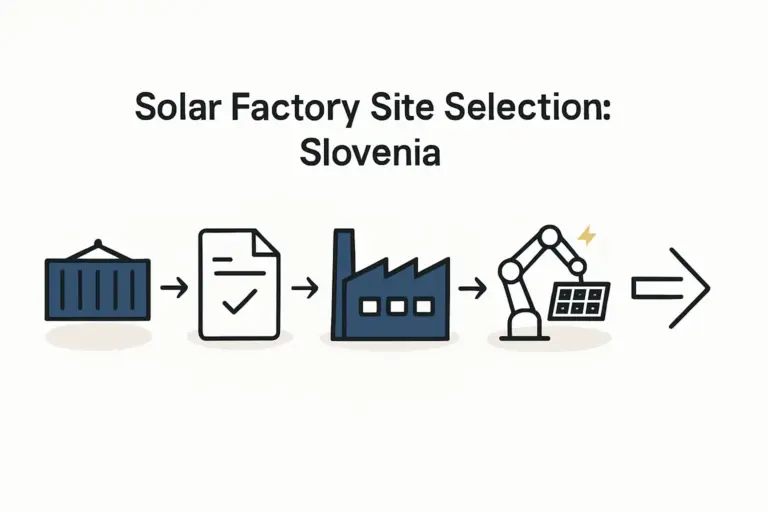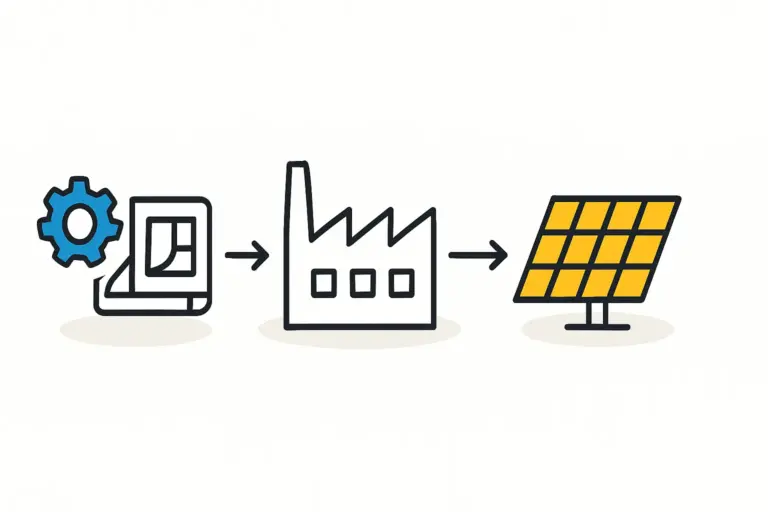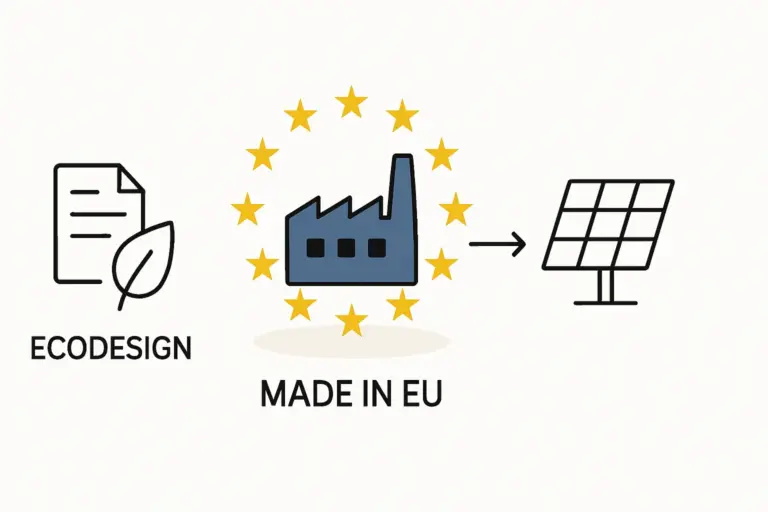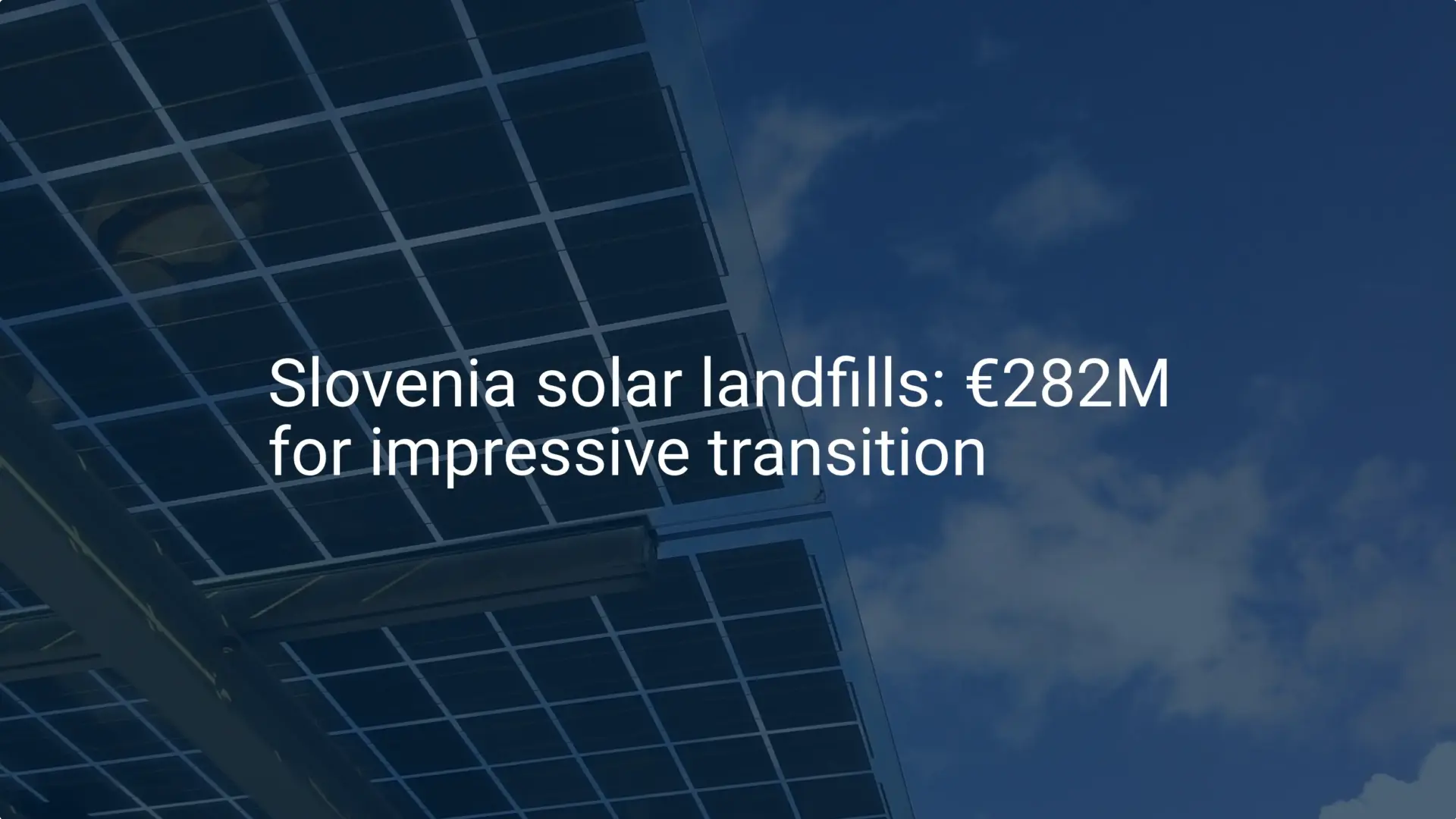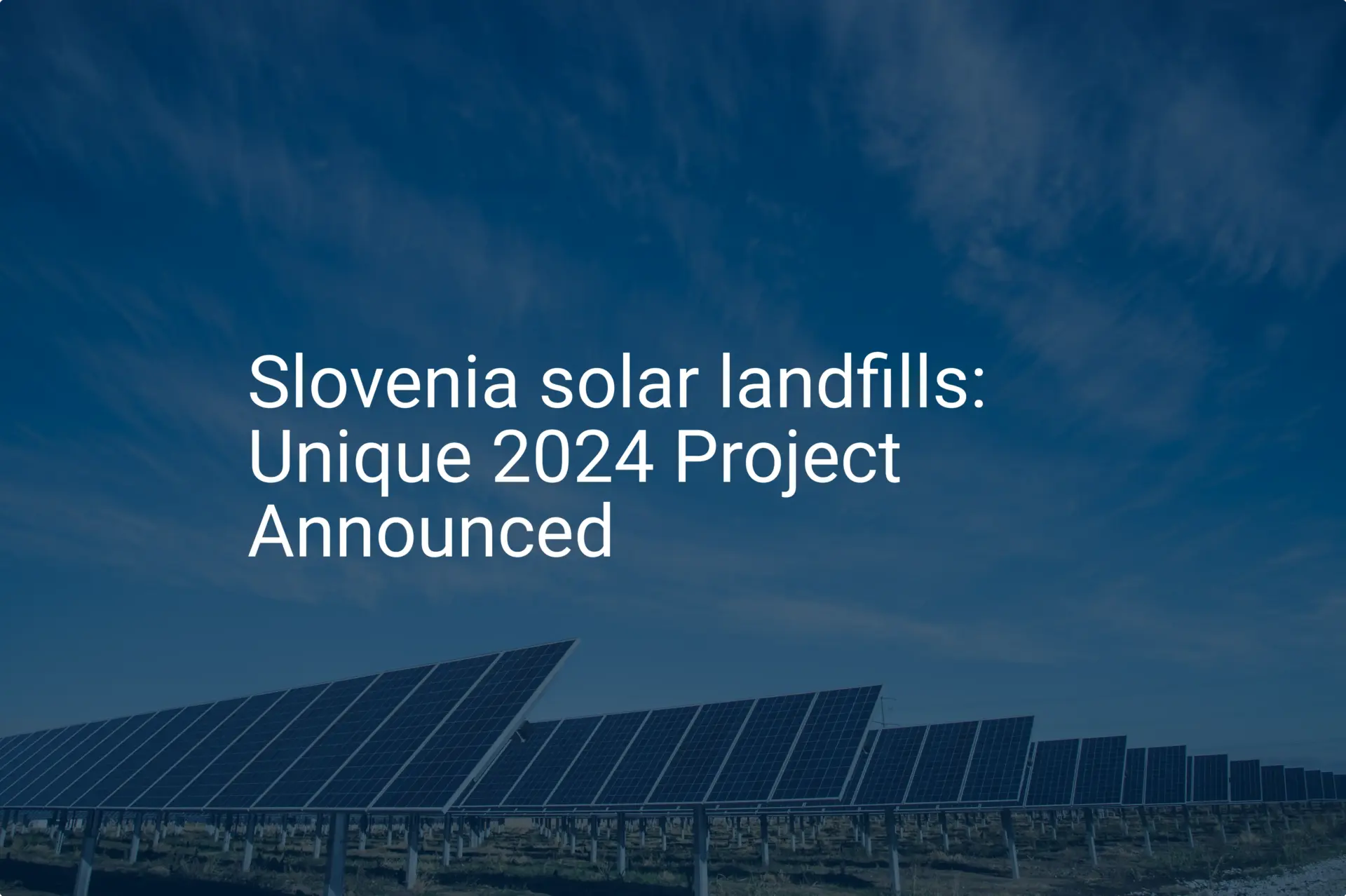Entrepreneurs considering a multi-million-euro investment in a new industrial sector face a critical hurdle: securing favorable financing.
For solar energy projects in Slovenia, standard financial models often overlook powerful, state-backed instruments that can fundamentally alter a project’s viability. Too many business plans are built on the assumption of purely commercial debt, missing the strategic advantages that public-private financial engineering offers within the European Union.
This article guides business professionals in constructing a more robust financial model for a large-scale solar project in Slovenia. It breaks down the distinct roles of SID Bank guarantees and EU co-financing, showing how these mechanisms can de-risk an investment, lower the cost of capital, and significantly improve a project’s financial returns. For any serious investor looking to enter the European renewable energy market, understanding this framework is essential.
The Foundation of a Solar Project Financial Model
Before exploring specialized financing, it’s crucial to understand the standard components of a financial model for a solar power plant or a solar module factory. A credible model projects financial performance over a 20- to 25-year lifespan and typically includes:
- Capital Expenditures (CapEx): The initial investment in land, buildings, machinery, and grid connection. For a 50 MW solar module factory, this can be a significant upfront cost.
- Operational Expenditures (OpEx): Ongoing costs such as labor, raw materials, maintenance, insurance, and administrative overhead.
- Revenue Projections: Income generated from selling solar modules or, in the case of a power plant, electricity through a Power Purchase Agreement (PPA).
- Financing Structure: The mix of equity (the investor’s own capital) and debt (loans from banks).
- Key Performance Indicators (KPIs): Metrics such as the Internal Rate of Return (IRR), Net Present Value (NPV), and the loan payback period, which determine the project’s profitability.
The primary challenge for a new market entrant is often the financing structure. Commercial banks may perceive a new venture—even one by an established entrepreneur—as high-risk, leading to demands for high equity contributions and less favorable interest rates. This is precisely where Slovenia’s strategic position within the EU provides a distinct advantage.
Strategic Financial Instruments: SID Bank and EU Funds
To overcome the initial financing hurdle, investors in Slovenia can leverage two powerful, complementary sources of public support: the national development bank (SID Bank) and various EU-level co-financing programs.
The Role of SID Bank: De-Risking the Investment
SID Banka (the Slovene Export and Development Bank) acts as a central pillar of the state’s industrial and development policy. It does not typically compete with commercial banks by providing primary loans for such projects. Instead, its most powerful tool for large industrial investments is the loan guarantee.
A SID Bank guarantee is a formal assurance to a commercial lender that if the borrower defaults, SID Bank will cover a significant portion of the outstanding loan. This has two immediate and profound effects on the financial model:
- Increased Access to Credit: The guarantee dramatically reduces the risk for the commercial bank, making it far more willing to approve a large loan for a new solar venture.
- Lower Cost of Debt: With the risk mitigated, the commercial bank can offer a lower interest rate. A reduction of even 1-2 percentage points on a multi-million-euro loan results in substantial savings over the project’s lifetime.
Experience from J.v.G. turnkey projects shows that securing a state-backed guarantee is one of the most effective ways to strengthen a project’s financial foundation. It signals state support and builds confidence among all financial partners.

EU Co-Financing: Reducing the Initial Capital Burden
The European Union actively promotes the transition to a green economy through various funding mechanisms, such as the Cohesion Fund, the European Regional Development Fund (ERDF), and the Just Transition Fund (JTF). For a project in Slovenia, these funds can provide direct, non-repayable grants or heavily subsidized loans.
Integrating an EU grant into the financial model directly reduces the total CapEx that must be financed through equity and debt.
Example Scenario:
Total Project CapEx: €40 million
EU Grant Awarded (e.g., 30%): €12 million
Remaining Capital to be Financed: €28 million
This €12 million reduction fundamentally changes the project’s financial structure. The required debt is lower, and the investor’s equity contribution is significantly reduced, which in turn boosts the IRR and shortens the payback period. The first step toward securing such funds is developing a comprehensive business plan.
How to Integrate These Instruments into Your Financial Model: A Step-by-Step Approach
A sophisticated financial model layers these instruments to show their cumulative impact. The process can be broken down into three stages.
Step 1: Establish the Baseline Scenario
First, build a model assuming 100% private financing. For a €40 million project, a typical structure might be 30% equity (€12 million) and 70% debt (€28 million) from a commercial bank at a standard interest rate (e.g., 6%). This baseline model will establish your initial IRR and payback period.
Step 2: Incorporate EU Co-Financing
Next, adjust the model to include a potential EU grant. If a 30% grant (€12 million) is secured, the total capital needed falls to €28 million. Assuming the same 30/70 equity-to-debt ratio, the new structure becomes:
- Equity Required: €8.4 million (30% of €28M)
- Debt Required: €19.6 million (70% of €28M)
This reduces the investor’s upfront capital contribution by €3.6 million, making the project immediately more attractive and feasible.
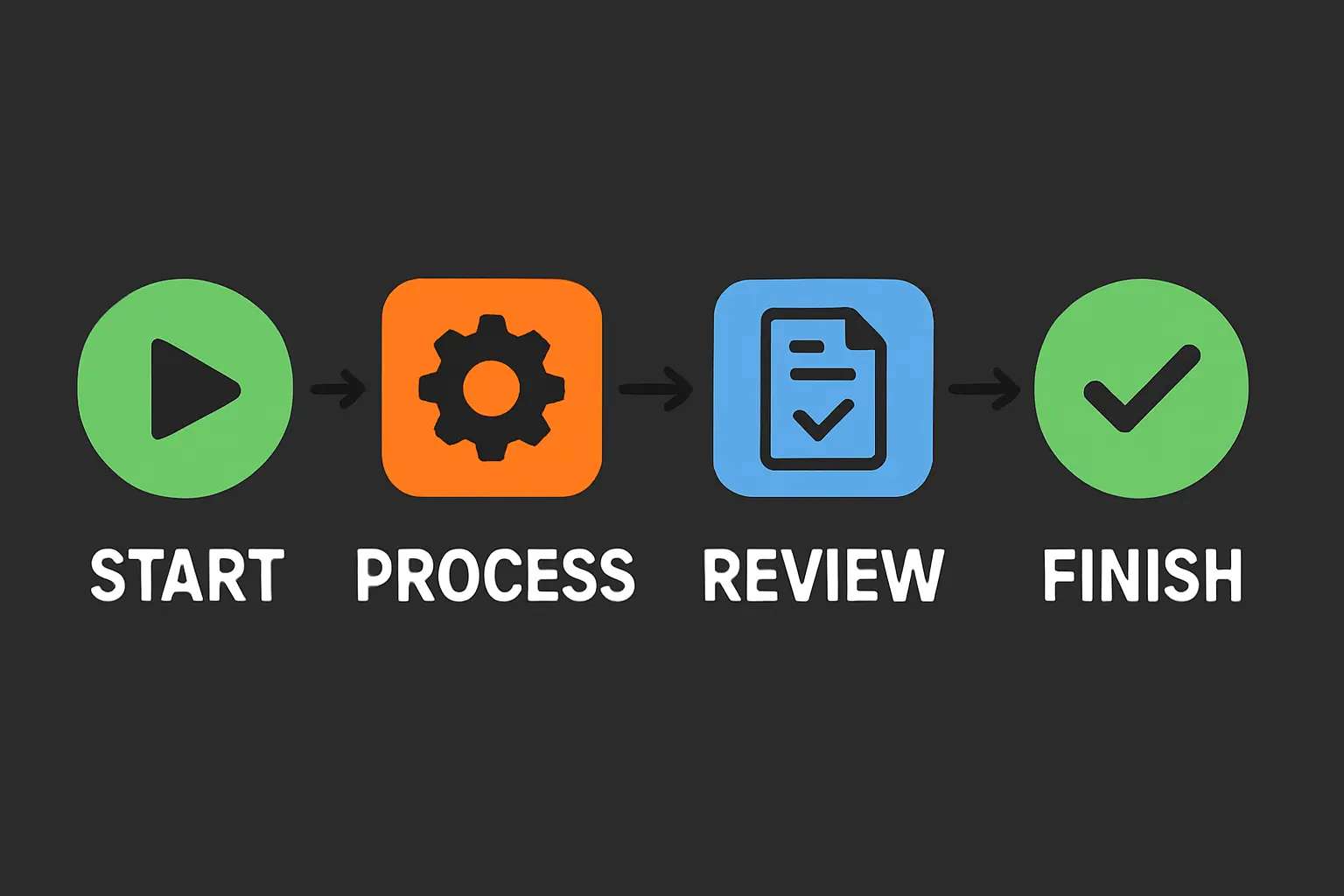
Step 3: Layer on the SID Bank Guarantee
Finally, model the effect of the SID Bank guarantee on the €19.6 million commercial loan. With the guarantee in place, the lending bank might reduce the interest rate from 6% to 4.5%. This reduction in financing costs, compounded over a 10-15 year loan term, adds millions in value to the project’s NPV.
This three-stage approach clearly demonstrates to potential partners and stakeholders how public support transforms a good project into an excellent, highly bankable one. Before approaching these institutions, it’s critical to understand a solar project’s investment requirements.
Frequently Asked Questions (FAQ)
What exactly is SID Bank’s main function for new industrial projects?
SID Bank’s primary role is to facilitate and promote Slovenian economic development. For new industrial projects like a solar factory, its most relevant function is providing financial guarantees that encourage commercial banks to lend to ventures supporting national strategic goals, such as renewable energy independence.
How difficult is it to obtain EU co-financing?
The process is competitive and requires a detailed, professional application that clearly aligns with the specific objectives of the funding program (e.g., green transition, regional development, job creation). It often involves significant administrative work, but the financial rewards are substantial. Platforms like pvknowhow.com provide structured guidance to help prepare such applications.
Does a SID Bank guarantee cover 100% of the loan?
Typically not. Guarantees usually cover a significant percentage of the loan principal—often between 50% and 80%. The exact percentage depends on the project’s strategic importance, risk profile, and the specific guarantee program. The commercial bank still holds the remaining risk.
Can EU grants and SID Bank guarantees be used together?
Yes, they are complementary instruments. An EU grant reduces the total project cost, while a SID Bank guarantee reduces the financing cost of the remaining debt. Using them in tandem provides the maximum financial advantage.
Is this financing model applicable to both solar module manufacturing plants and large-scale solar power plants?
Yes, the principles apply to any capital-intensive project that aligns with Slovenia’s and the EU’s strategic objectives for renewable energy and industrial development. Whether building a turnkey solar manufacturing line or a utility-scale solar farm, these financial instruments are designed to support such investments.

Next Steps for Investors
The combination of national development bank guarantees and EU-level co-financing creates a uniquely supportive environment for large-scale solar projects in Slovenia. Successfully navigating this landscape, however, requires careful planning and a deep understanding of the application processes and requirements.
For entrepreneurs and business leaders exploring this opportunity, your logical next step is to develop a detailed feasibility study and preliminary business plan. This document will serve as the foundation for discussions with commercial banks, SID Bank, and the relevant government agencies administering EU funds. Building a financial model that correctly incorporates these powerful instruments from the outset allows an investor to present a project that is not only environmentally sound but also financially compelling and strategically de-risked.


